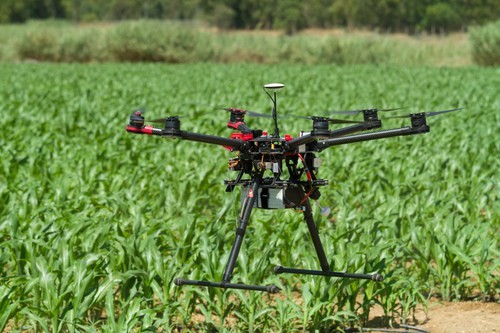Brian German, AG NET
Using drones in agriculture has become more prevalent in recent years as larger commercial models become available. As they become more popular it’s important to remember that using an Unmanned Aircraft System (UAS), or drone, comes with a strict set of regulations from the Federal Aviation Administration (FAA).
This spring, the FAA discovered 21% of all commercial drones were being used in agriculture. “Whether you’re using drones for fun or business, you really have to pay attention to the requirements,” said Tulare County Agricultural Commissioner, Marilyn Kinoshita.
A drone cannot be used in the application of any fungicides, seeds, or fertilizers without a FAA Part 137 certification. Kinoshita explained that “doing anything to mitigate a pest, you fall under the FAA rules about being certified as a pilot.” Using a drone to simply spray water also requires certification.
There are a few exceptions that do not require compliance with Part 137. A UAS may be used for the dispensing of live insects, “or surveying or taking photographs, then you don’t fall under that Part 137 rule which is on the certification process for ag aircraft operation,” Kinoshita said.
Along with FAA requirements, operators must also adhere to the California Food and Agriculture Code requirements dictating drone operation for pest control. Operators will also need a Pest Control Aircraft Pilot’s certificate from the California Department of Pesticide Regulation and will need to register with the appropriate County Ag Commissioner.
The FAA will enforce the restrictions on drone operation and will investigate cases when needed. Those looking for more information on the requirements for drones in agriculture are encouraged to visit the FAA website or contact their local FAA district office.









